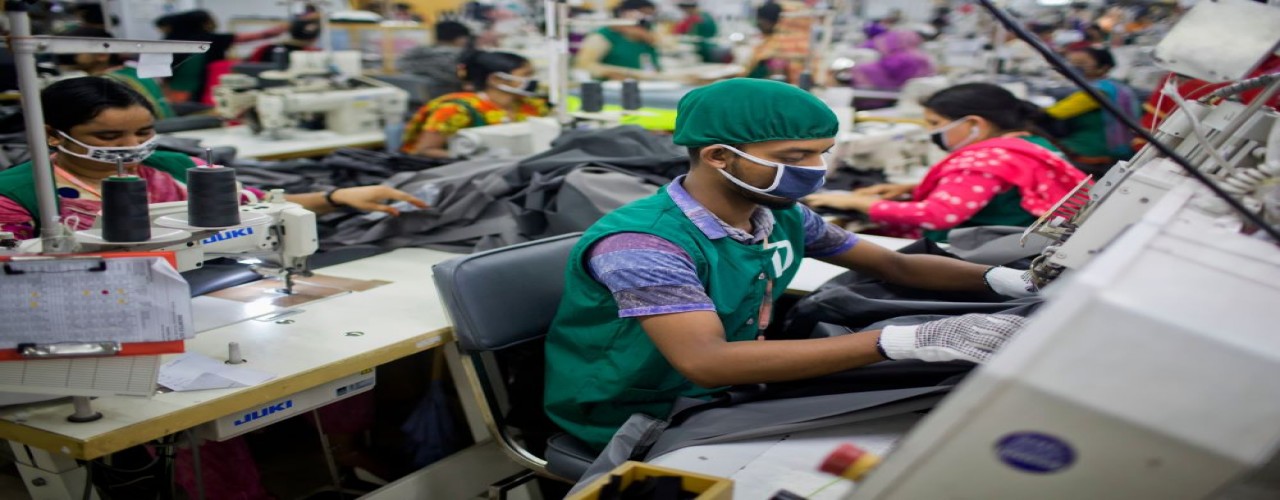The future of the Bangladesh garment industry


Author: Admin
Major changes are needed if the sector is to retain its competitive edge
The importance of the garment sector to the workers, the banking community, and the companies themselves is well understood to observers of the Bangladesh economy. The recovery of this industry is critical for the revival of our economy. The Covid-19 pandemic has provided an enormous challenge to the RMG industry.
The threat to Bangladesh’s future prosperity is real. In this article, I address, first the next two years when the industry will be recovering from the shock of the sudden drop of demand. Then we look at the longer term, say another few years ending in 2030.
I choose 2030 as the endpoint as by then the technology of the industry will have completely changed and the current comparative advantage of Bangladesh’s low-cost labour force will be largely irrelevant. To prosper for the next decade will require major change starting immediately to maintain a competitive edge.
The central bank and the government seem to have a view that everything will come back quickly and we can expect full recovery by 2021. We all hope that turns out to be accurate, but most thinking about the way back is less optimistic.
For the garment sector, prosperity rests completely on the behaviour of the North American and European economies. The IMF forecasts for the advanced economies conclude that the GDP in 2022 will be the same as 2018. Clothing demand over the next two years is very uncertain.
The patterns of consumption expenditures are really unknown. Furthermore, the IMF forecasts assume there is no second wave of infections in the advanced economies. In May 2020, there is little support for this assumption among epidemiologists, most of whom take the public position that such a second wave is inevitable.
It is very likely that the lifting of restrictions will lead to the second wave of deaths and infections. This may bring partial lockdowns, lower than expected income recovery, and certainly greater caution in making consumption expenditures not immediately needed.
The garment industry faces slow recovery of demand and rising competition as Asian and African countries fight for a larger share of the market in the advanced economies.
Short-term challenges
What are the challenges of the next two years? First, rebuilding the supply capacity in the face of constraints operating within the factories. These constraints effectively reduce the production rate.
To maintain the level of production reached at the end of 2019, while maintaining the protection measures that BGMEA has mandated, it will be necessary to operate two shifts with wages structured to avoid increasing the labour cost per garment.
Demand is unlikely to return to 2019 levels until after 2022. Nor is it likely to be feasible to remove the constraints on wider spacing and other health safety measures until early 2022. The supply chains are partially broken.
Fabric from India cannot enter the country through Benapole and one cannot know when the Indian authorities will open the border. Supply chains from China are struggling to get started; some US buyers are skeptical about using Chinese fabrics and may insist on sourcing to other countries.
All of this points to time and difficulty in reshaping supply chains. Bangladesh’s competitors are fighting for a greater share of the RMG markets. It is imperative that the supervision of the factories’ safety rules against the virus be implemented according to the Ministry of Labour’s instructions.





